SUMMARY
This is AI generated summarization, which may have errors. For context, always refer to the full article.

Senate President Vicente Sotto III filed a bill aiming to map out the Philippines’ maritime zones to “preserve and protect” the country’s sovereign rights in the face of increased Chinese militarization of the West Philippine Sea.
Sotto filed Senate Bill (SB) No. 2289 or the proposed Philippine Maritime Zones Act on Monday, June 7. Hisoffice gave Rappler a copy of the bill on Wednesday, June 9.
In Sotto’s explanatory note for the bill, he said declaring and defining the country’s maritime zones can “further preserve and protect our maritime rights.”
“Let us make our own map, similar to China’s nine-dash line. Let’s insist on our own maritime zones. It is just a matter of really setting our foot down,” said Sotto in separate statement.
SB 2289 defines the Philippines’ maritime zones to include internal waters, archipelagic waters, territorial sea, contiguous zone, exclusive economic zone (EEZ), and continental shelf.
The bill would also mandate that all territories of the Philippines shall generate their respective maritime zones “in accordance with international law.”
SB 2289 is rooted in the 1982 United Nation Convention on the Law of the Sea (UNCLOS), which states that the Philippines has sovereign rights over features located within its EEZ or 12 to 200 nautical miles from the baseline of its territorial waters.
This international law was upheld in 2016 when the Permanent Court of Arbitration in the Hague, the Netherlands, ruled in favor of the Philippines in its historic case against China over the West Philippine Sea.
The West Philippine Sea is a part of the South China Sea that belongs to the Philippines but China is falsely claiming as its own.
No less than President Rodrigo Duterte himself has been downplaying this victory in exchange of loans and grants from Beijing. He has repeatedly claimed that insisting on the Philippines’ legal triumph would only spark war with China.
But critics have said that the Philippines can push to forge stronger alliances with other foreign nations to put more pressure on China to leave the West Philippine Sea.

Defining PH maritime zones
SB 2289 also provides for the definitions of the areas under the country’s maritime zones. They are as follows:
- Archipelagic baselines: the baselines as defined under Republic Act No. 9522 or the Philippine Baselines Law
- Internal waters: Waters on the landward side of the archipelagic baselines not forming part of archipelagic waters under the section of the bill on archipelagic waters and delineated in accordance with Article 50 of the UNCLOS; waters on the landward side of the baselines of the territorial sea of territories outside of the archipelagic baselines, drawn in accordance with Article 8 of the UNCLOS
- Archipelagic waters: waters on the landward side of the archipelagic baselines except for this covered by internal waters
- Territorial sea: adjacent belt of the sea measured 12 nautical miles from the baselines of the territorial sea as determined in accordance with Part II or Part IV of the UNCLOS as appropriate
- Contiguous zone: waters beyond and adjacent to its territorial sea and up to the extent of 24 nautical miles from the baselines from which the breadth of the territorial sea is measured.
- EEZ: waters beyond and adjacent to its territorial sea and up to the extent of 200 nautical miles from the baselines from which the breadth of the territorial sea is measure
- Continental shelf: comprises the seabed and subsoil of the submarine areas that extend beyond its territorial sea throughout the natural prolongation of its land territory to the outer edge of the continental margin, or to a distance of 200 nautical miles from the baselines from which the breadth of the territorial sea is measured, where the outer edge of the continental margin does not extend up to that distance.
Sotto’s bill explicitly states that the Philippines has sovereign rights to “explore and exploit” the mineral, petroleum, and nonliving resources of the seabed and subsoil within the country’s continent shelf.
The measure also states that the Philippines has the right to establish artificial islands, installations, and structures, and to conduct drilling and tunneling activities in these areas in accordance with the UNCLOS, the Philippine Mining Act of 1995, and other existing laws and treaties.
Sotto has long urged the Philippine government to enter into a joint oil exploration deal with China in the West Philippine Sea, saying it would help “underscore” Manila’s arbitral victory over Beijing. – Rappler.com
Add a comment
How does this make you feel?
![[Newspoint] The lucky one](https://www.rappler.com/tachyon/2024/04/lucky-one-april-18-2024.jpg?resize=257%2C257&crop=536px%2C0px%2C1080px%2C1080px)
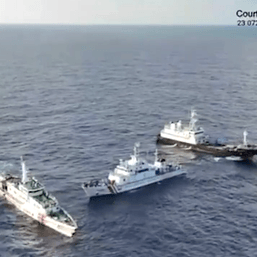

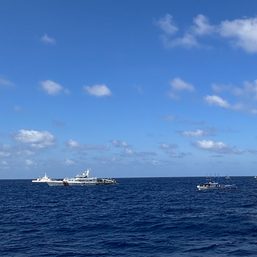

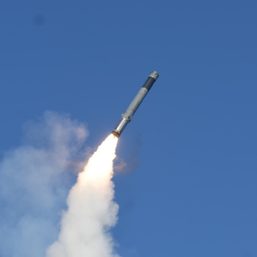
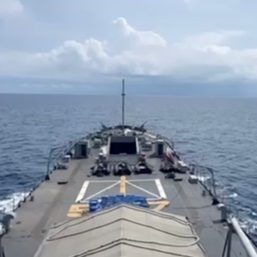
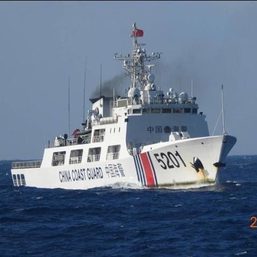


There are no comments yet. Add your comment to start the conversation.